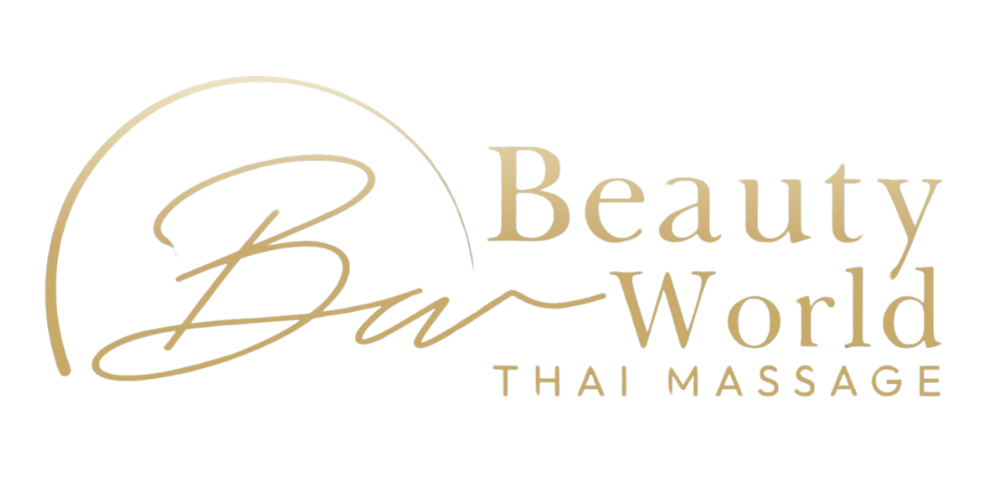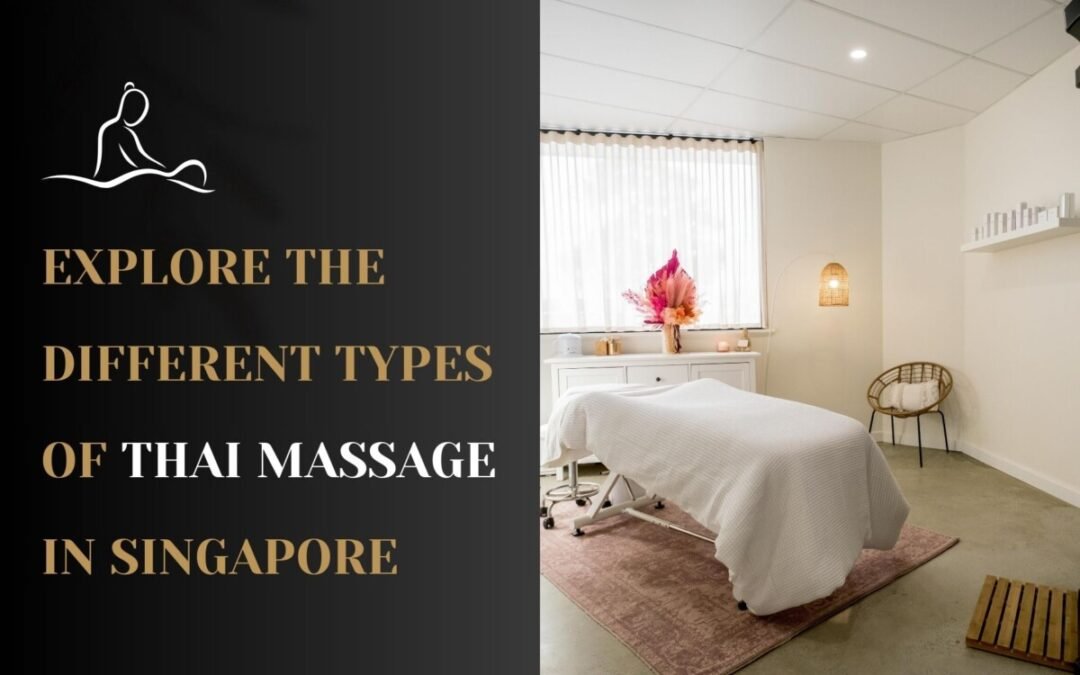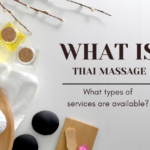Thai massage, a centuries-old healing practice, has gained immense popularity across the globe for its unique blend of physical and spiritual benefits. In Singapore, where wellness and holistic health practices are highly valued, Thai massage has carved out a significant niche. The variety of Thai massage techniques available caters to different preferences and health needs, making it a versatile choice for anyone seeking relaxation or therapeutic benefits. This article explores the different types of Thai massage you can experience in Singapore and how each one can enhance your well-being.
1. Traditional Thai Massage
Traditional Thai massage, also known as “Nuad Thai,” is the most common form of Thai massage you’ll find in Singapore. Rooted in ancient Ayurvedic and Chinese medicine, this type of massage focuses on balancing the body’s energy flow through pressure points and stretching techniques.
- What to Expect: During a traditional Thai massage, the therapist uses their hands, elbows, knees, and feet to apply rhythmic pressure along the body’s energy lines, known as Sen lines. This is often accompanied by gentle yoga-like stretches to increase flexibility and relieve muscle tension. Unlike other types of massage, traditional Thai massage doesn’t involve oils, and clients typically wear loose, comfortable clothing.
- Benefits: Traditional Thai massage is particularly effective for reducing stress, alleviating chronic pain, and improving overall energy levels. The combination of acupressure and stretching also helps in improving blood circulation and flexibility.
2. Thai Aromatherapy Massage
For those who prefer a more relaxing experience, Thai aromatherapy massage is an excellent option. This massage combines the traditional techniques of Thai massage with the use of essential oils to enhance the therapeutic effects.
- What to Expect: The session typically begins with the selection of essential oils, each chosen for its specific properties—such as relaxation, rejuvenation, or muscle relief. The therapist then applies these oils while performing the massage, blending the pressure point techniques of traditional Thai massage with the soothing effects of aromatherapy.
- Benefits: The addition of essential oils not only adds a sensory experience but also amplifies the massage’s ability to relieve stress, improve mood, and promote deep relaxation. The oils can also provide benefits like skin hydration and muscle relaxation, depending on the types used.
3. Thai Herbal Compress Massage
Thai herbal compress massage is a therapeutic treatment that utilizes heated herbal pouches, which are applied to the body during the massage. This technique has been used in Thailand for centuries to alleviate pain, inflammation, and stiffness.
- What to Expect: The herbal compresses are usually filled with a mixture of Thai herbs, such as lemongrass, turmeric, and kaffir lime, which are steamed to release their healing properties. The therapist then presses these warm compresses onto various parts of the body, focusing on areas of tension. This is often combined with traditional Thai massage techniques to enhance the healing effects.
- Benefits: The heat from the compresses helps to relax muscles and stimulate blood circulation, while the herbs provide anti-inflammatory and soothing properties. This type of massage is particularly beneficial for those suffering from chronic pain, stiffness, or muscle injuries.
4. Foot Reflexology Thai Massage
Foot reflexology is a specialized form of Thai massage that focuses on stimulating reflex points on the feet, which correspond to different organs and systems in the body.
- What to Expect: During a foot reflexology session, the therapist applies pressure to specific points on the feet using fingers, thumbs, and sometimes a wooden stick. This is based on the belief that these points are connected to various parts of the body, and stimulating them can promote overall health and well-being.
- Benefits: Foot reflexology is known for its ability to improve circulation, reduce stress, and promote relaxation. It is also said to aid in detoxification and improve organ function. For those who are on their feet all day or suffer from foot-related issues, this type of massage can be incredibly rejuvenating.
5. Thai Oil Massage
Thai oil massage is a gentler alternative to the traditional Thai massage, blending the benefits of Thai massage techniques with the soothing effects of oil application. It’s a perfect choice for those looking for a more relaxing and less intense experience.
- What to Expect: This massage involves the use of oils along with gentle pressure and rhythmic movements across the body. Unlike the traditional Thai massage, which focuses heavily on stretching and deep pressure, the Thai oil massage is more fluid and less intense, making it ideal for those who prefer a relaxing experience.
- Benefits: The oil used in the massage helps in moisturizing the skin and easing muscle tension. It also enhances relaxation, making it an excellent choice for stress relief and mental relaxation.
Conclusion
Thai massage offers a diverse range of techniques, each with its unique benefits, making it an integral part of Singapore’s wellness scene. Whether you’re seeking deep muscle relief, improved flexibility, or just a relaxing experience, there’s a type of Thai massage to suit your needs. From the invigorating stretches of traditional Thai massage to the soothing effects of Thai aromatherapy massage, each experience is designed to promote both physical and mental well-being.
If you’re in Singapore and looking to explore these different types of Thai massage, many reputable spas and wellness centers offer authentic services performed by skilled therapists. Before booking a session, consider what you hope to achieve—whether it’s deep relaxation, pain relief, or an energy boost—so you can choose the type of Thai massage that’s right for you.






